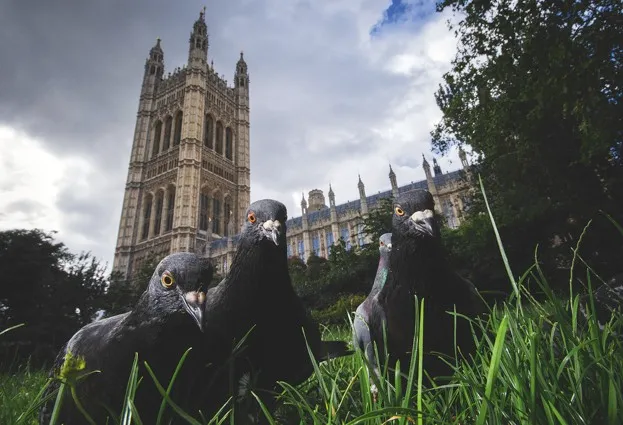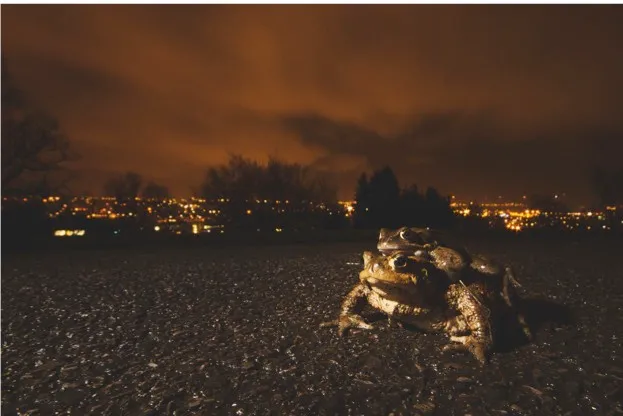Wildlife photography can be just as exciting in the city as anywhere else. Now that foxes, badgers, peregrine falcons and even otters have adjusted to urban habitats, we have better opportunities for photography than ever before. Plus urban wildlife is much more accessible and is often habituated to people.
Urban photography provides a great platform for creative backgrounds, too. Images of animals in front of recognisable buildings or cityscapes are striking, but even a postbox, bus stop, road sign and other familiar street furniture can help people to connect with a picture – placing an unusual animal in a familiar environment tells more of a story. Buildings and other man-made structures are also good for experimenting with composition.
Wildlife in the city is often overlooked, but most people will have a story to share – perhaps foxes in their garden, or herons that visit their pond. I often find locations by speaking to people who are up at unusual hours, such as security guards, drivers of night buses and street cleaners. Using them as my eyes and ears, I can find the photographic opportunities that few others know about.
Remember: a species that seems ordinary to you will be exotic to somebody somewhere, and great pictures of slugs are more exciting than bad images of zebras.
1. TOWN FOX
Urban foxes (above) usually patrol their territories in the early morning, so that’s the best time to photograph them. Go out before people leave for work or on a quiet Sunday morning. I always wear scruffy clothes so that I can lie on the ground – not only is this less threatening, but it also provides a nice low angle that suits the urban theme.
Be streetwise Pointing your camera up or down a street or road is a great way to introduce urban perspective. The distance will also help to create a softer background.
Let there be light Early mornings can be dark, so a fast lens with a wide aperture of f4 or lower is best. This will allow more light in and give you a crisper image.
Go far, get close For close-ups, try using a remote trigger. Some animals are more likely to investigate the camera without you there – they could even peer directly into the lens.
Blur the backdrop A shallow depth of field (when part of the shot is in focus and the background elements blurred) can reduce the clutter of an urban setting, but still captures the feeling of being in a city.
Be patient If you try to follow foxes, they will likely get spooked and run away. But they are naturally inquisitive, so may approach to investigate if they see you lying on the floor.
Find the dark side Also try shooting at night – you can create nice effects with city lights and the weather matters less. In fact images are often enhanced by damp conditions – the reflections on a wet street, for instance.
2. URBAN PIGEONS

Pigeons are great subjects. They are easy to find in cities and are usually habituated to people. Try getting close with a wide-angle lens and place them in front of an iconic or recognisable building. Here I put my camera on the ground outside the Houses of Parliament and tempted the birds with a bit of bread.
3. CITY AMPHIBIANS

Frogs and toads are quite predictable and head for the same ponds every spring. In this image I located a park with a view over the city and waited for them to arrive. I used a 30-second exposure to capture the street lights and orange glow of the sky, and illuminated the animals with an off-camera flash.
SAM HOBSON’S EXPERT TIP
“A car makes a great hide. If you rest your camera on a beanbag on your open window, you should be able to sit and take pictures with your subjects ignoring you.”